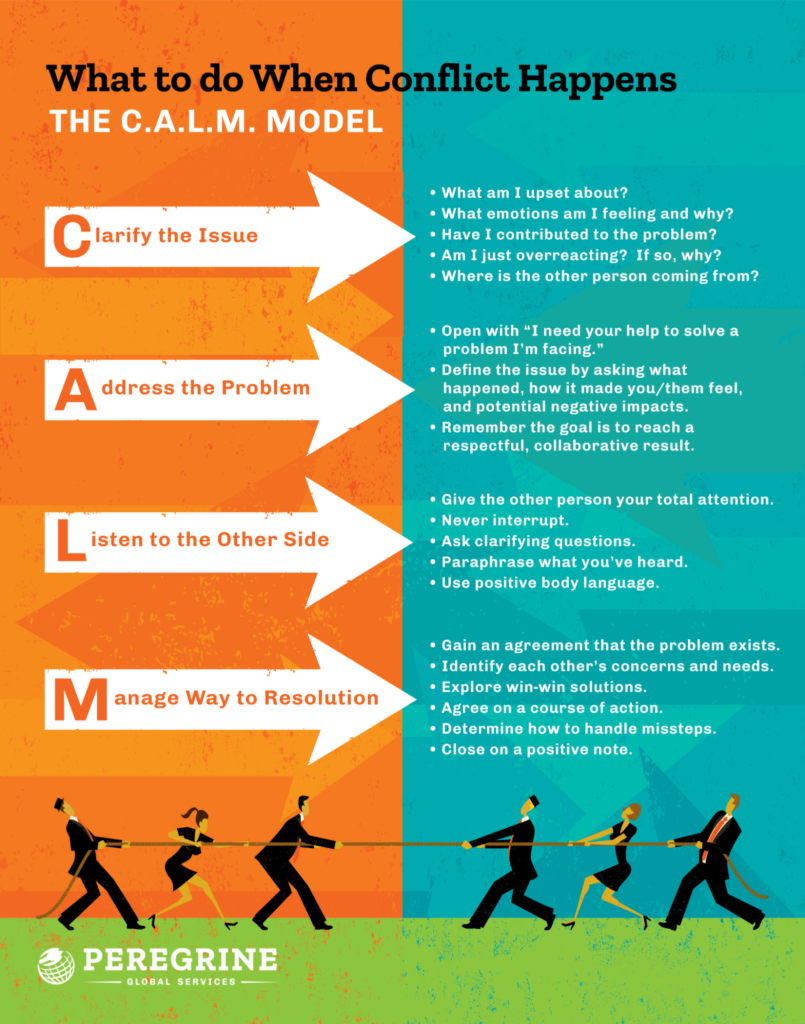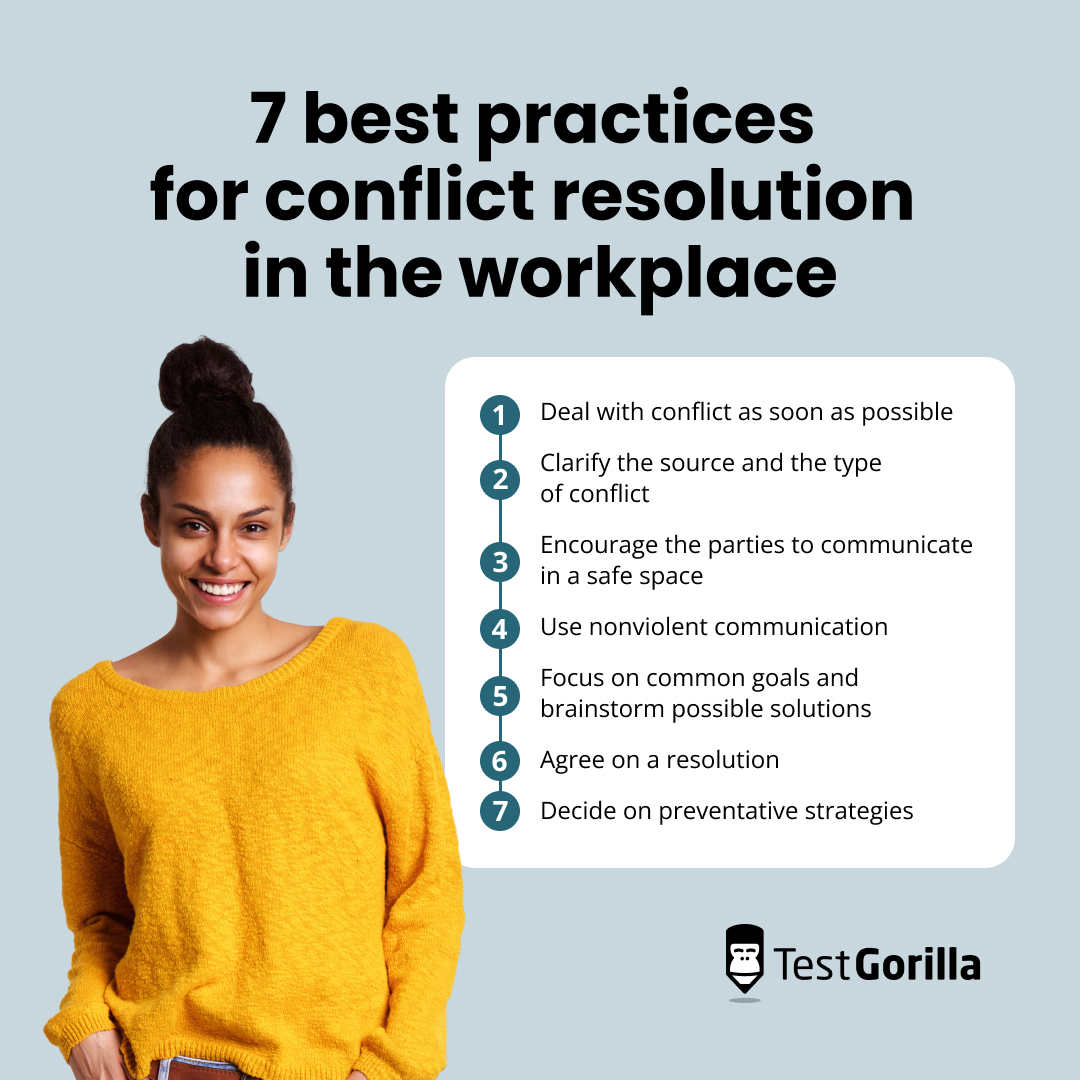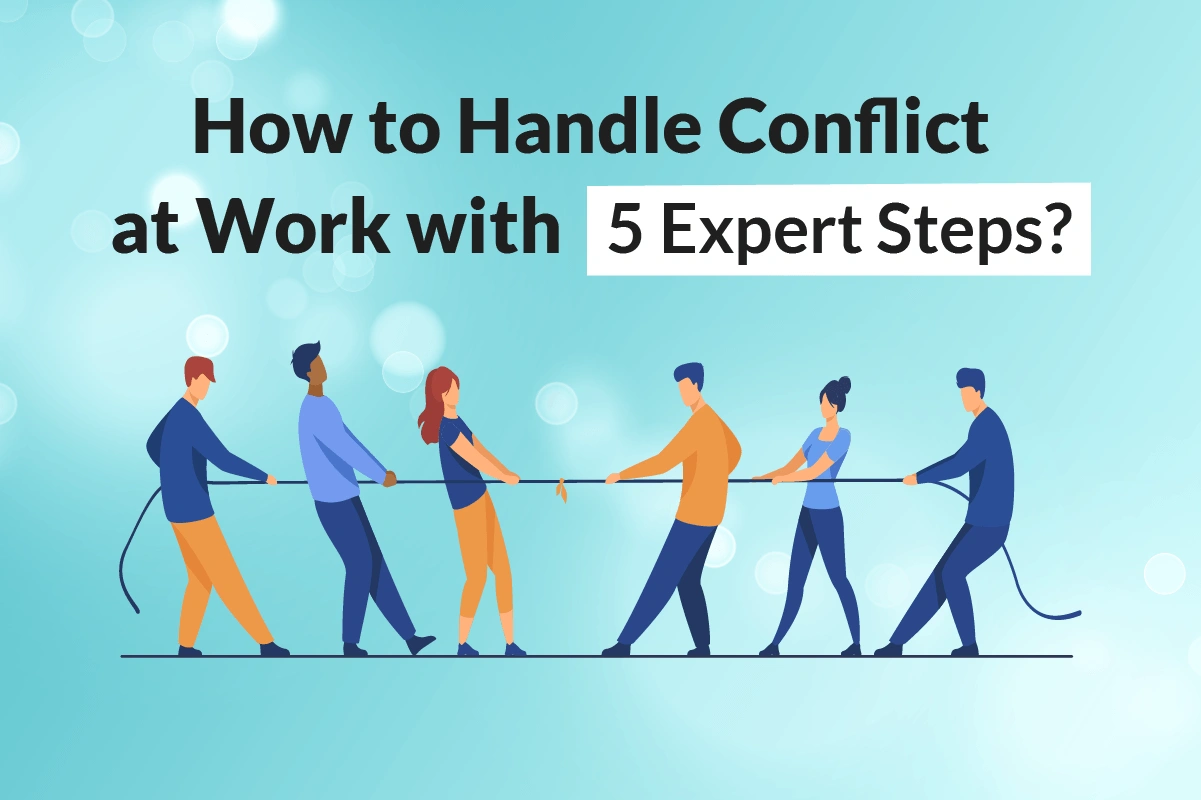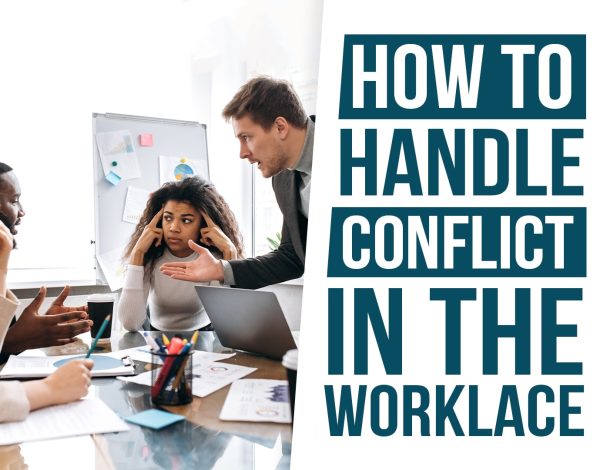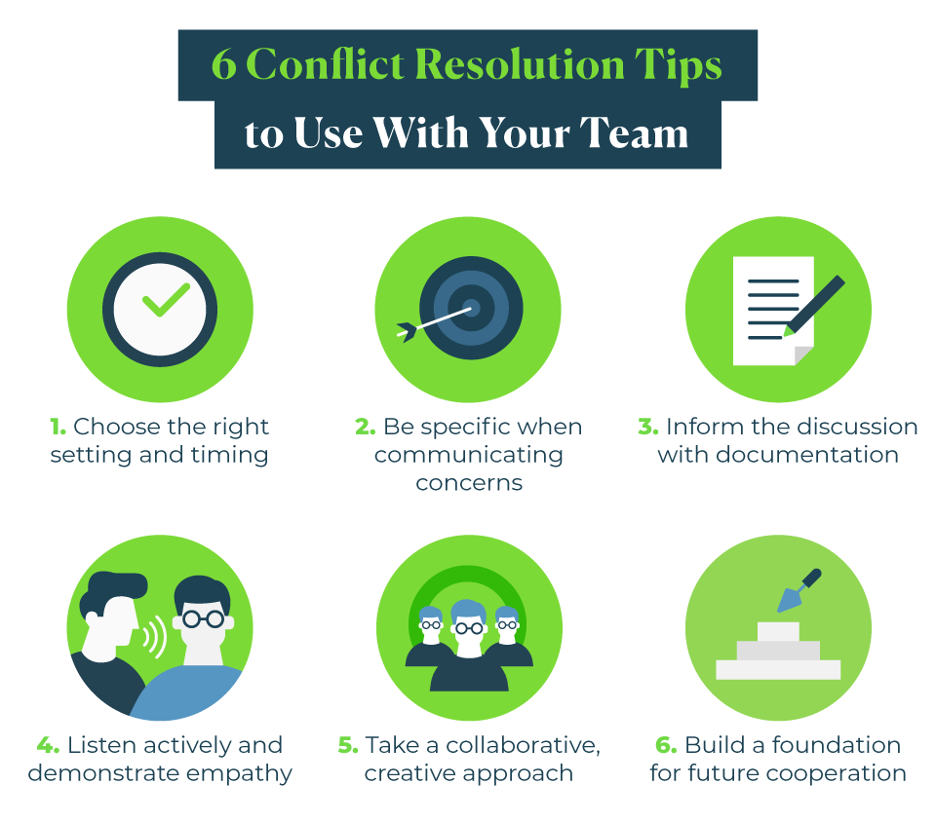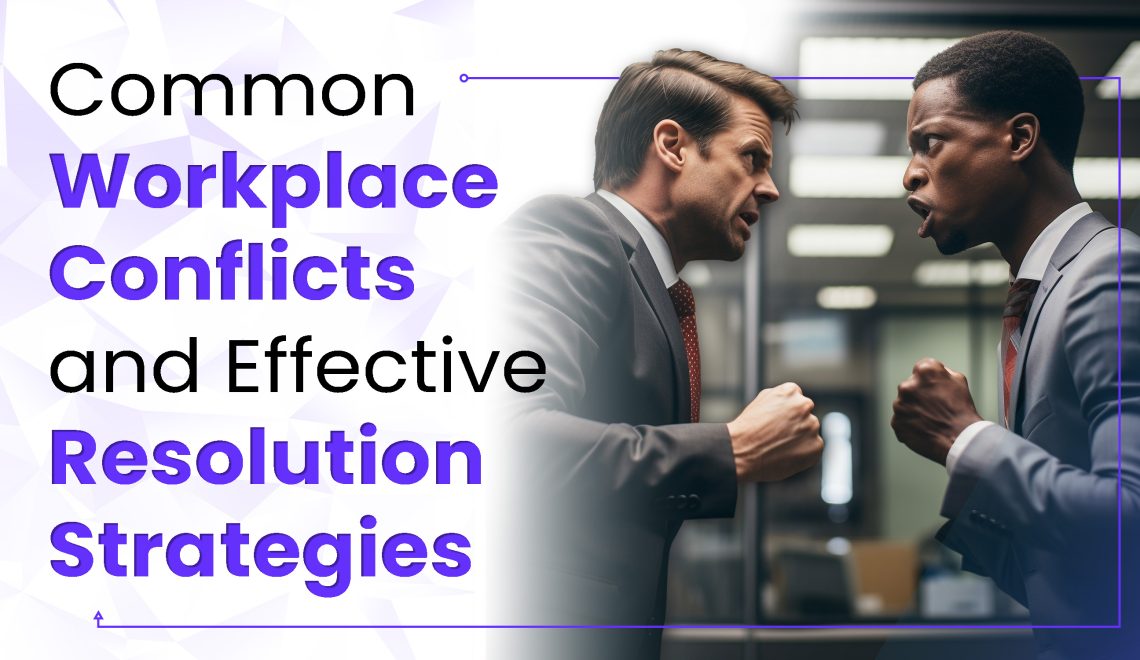Best Way To Handle Conflict At Work
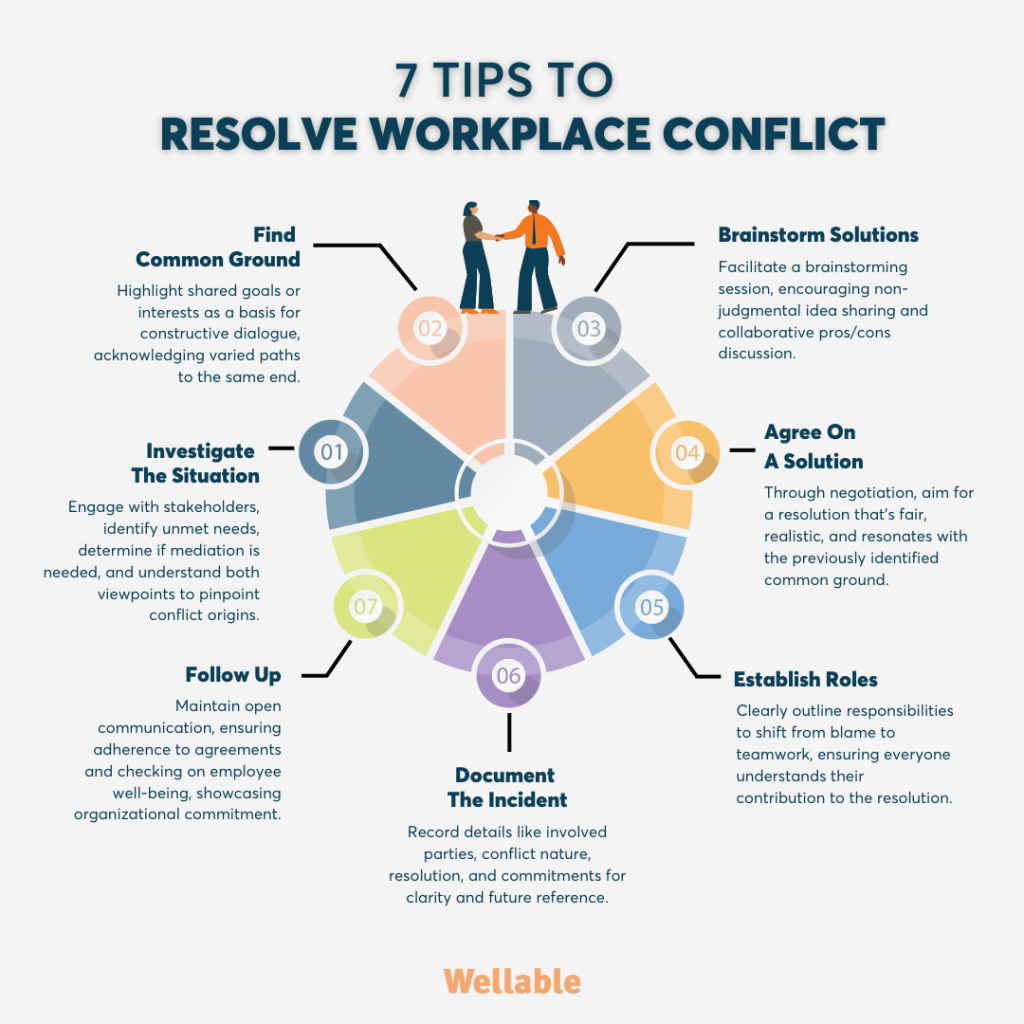
Ever felt your blood pressure rise during a team meeting? Or perhaps dreaded walking into the office knowing a disagreement is brewing? You're not alone. Workplace conflict is inevitable, but how you handle it can make or break your career – and the team's overall success.
This guide is designed for those navigating workplace conflict for the first time. We'll equip you with the knowledge and strategies to turn tense situations into opportunities for growth and collaboration.
Why Effective Conflict Resolution Matters
Conflict, when managed poorly, can lead to decreased productivity, low morale, and even employee turnover. However, constructive conflict resolution fosters creativity, innovation, and stronger team bonds. It's about transforming disagreements into dialogues that lead to better solutions.
Understanding the Roots of Workplace Conflict
Conflicts arise from various sources: personality clashes, differing work styles, scarce resources, or simply miscommunication. Identifying the root cause is the first step toward finding a resolution. Is it a clash of egos or a genuine misunderstanding of expectations?
Top 5 Conflict Resolution Models Compared
Different approaches work in different situations. Here's a comparison of five popular conflict resolution models:
| Model | Price (Effort/Time) | Key Specs (Focus) | Warranty (Long-Term Effect) |
|---|---|---|---|
| Avoiding | Low | Ignoring the issue | Short-term relief, long-term resentment |
| Accommodating | Low-Medium | Giving in to the other party | Maintains peace, can breed resentment |
| Compromising | Medium | Finding middle ground | Partial satisfaction, may not address root cause |
| Collaborating | High | Finding a win-win solution | Stronger relationships, best for complex issues |
| Competing | High | Asserting your position | Can be effective in emergencies, damages relationships |
Detailed Reviews: Choosing the Right Approach
The Avoiding Approach: When to Step Back
The avoiding approach involves sidestepping the conflict altogether. This might seem cowardly, but sometimes it's the wisest move, especially when the issue is trivial or emotions are running high. However, avoidant behavior shouldn't become a pattern, as it can allow problems to fester.
The Accommodating Approach: Keeping the Peace
Accommodating means prioritizing the other person's needs over your own. While it can quickly resolve minor disagreements, consistently accommodating can lead to feelings of being undervalued and resentful. Use this approach sparingly, primarily when the relationship is more important than the issue at hand.
The Compromising Approach: Finding the Middle Ground
Compromising seeks a solution where both parties give something up. It's a popular approach because it feels fair, but it often leaves both sides only partially satisfied. Compromise is best suited for situations where a quick, mutually acceptable solution is needed, even if it's not perfect.
The Collaborating Approach: The Win-Win Scenario
Collaborating aims to find a solution that fully satisfies everyone involved. This requires open communication, active listening, and a willingness to explore different perspectives. Collaboration takes time and effort, but it yields the most sustainable and positive outcomes, fostering stronger relationships and creative solutions.
The Competing Approach: When Assertiveness is Necessary
The competing approach prioritizes your own needs and desires. This can be appropriate in emergency situations or when standing up for important principles. However, overuse of this approach can damage relationships and create a hostile work environment.
Used vs. New: Weighing Your Options
Think of these models as tools in your conflict resolution toolkit. "New" (collaborating) might seem ideal, but requires significant investment of time. "Used" approaches (like avoiding or accommodating) can be quick fixes but may have hidden costs later.
- Used (Quick Fixes):
- Pros: Immediate resolution, less effort.
- Cons: Can lead to resentment, doesn't address root causes.
- New (Long-Term Solutions):
- Pros: Sustainable solutions, strengthens relationships.
- Cons: Time-consuming, requires significant effort.
Reliability Ratings by Brand (Approach Type)
Some approaches are inherently more reliable for certain situations. For instance, collaboration is generally more reliable for long-term relationship building, while competition is more reliable in crisis situations.
- Collaboration: High reliability for complex issues and relationship building.
- Compromise: Moderate reliability for quick, acceptable solutions.
- Accommodation: Low reliability for maintaining personal well-being and asserting needs.
- Avoidance: Very low reliability for resolving issues and fostering trust.
- Competition: Situational reliability, high in emergencies, low for long-term relationships.
Checklist: 5 Must-Check Features Before Applying a Model
- Identify the Root Cause: What's the real issue at play?
- Assess the Relationship: How important is maintaining the relationship with the other party?
- Consider the Urgency: How quickly does the conflict need to be resolved?
- Evaluate the Power Dynamics: Are there significant power imbalances involved?
- Define Your Goals: What outcome are you hoping to achieve?
Key Takeaways: A Path to Constructive Conflict
Workplace conflict is unavoidable, but with the right strategies, you can navigate it effectively. Understanding the different conflict resolution models allows you to choose the most appropriate approach for each situation. Remember to consider the relationship, the urgency, and your own goals before acting.
Prioritize understanding, communication, and respect. Avoidance and unchecked competition can erode team morale. Collaboration, even though it demands more time and effort, strengthens relationships and creates lasting solutions.
Mastering conflict resolution is an ongoing journey. By practicing these techniques, you'll build stronger relationships, foster a more positive work environment, and enhance your own professional growth.
Ready to turn conflict into opportunity? Start by practicing active listening in your next team meeting. Observe how different approaches play out in your workplace and adapt your strategies accordingly. Your ability to navigate conflict effectively is a valuable asset that will serve you well throughout your career.
